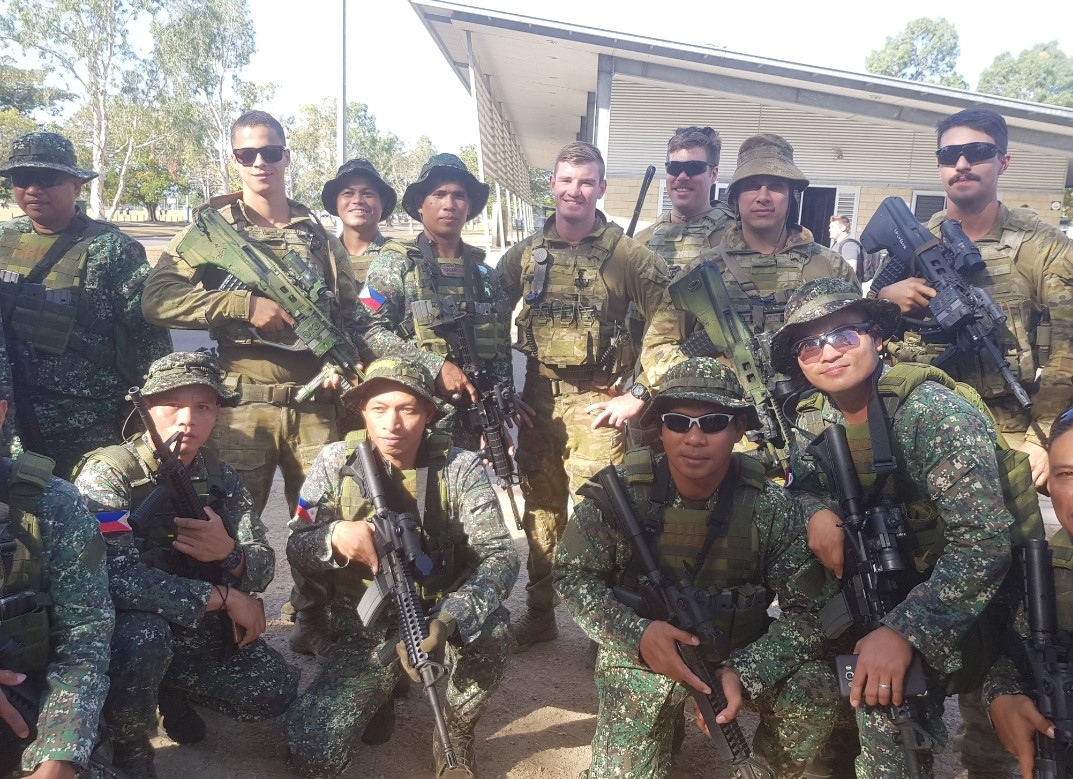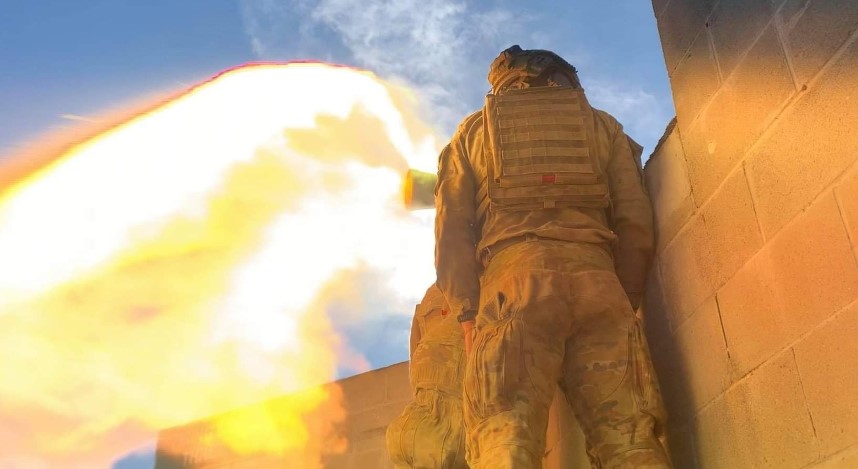With the withdrawal of troops from Afghanistan, we once again find ourselves at a turning point. Seemingly symbolising the change in the strategic outlook, the United States military in recent weeks have started to shift their vehicle camouflage from the tan colour that was so common in the Middle East, to the jungle green we had seen in previous theatres. With the ongoing conflict in Ukraine, the uncertainty in Africa, and most importantly, the looming threats in Southeast Asia, the Australian Defence Force (ADF) once again finds itself in the midst of uncertainty.
The intent of this article is to highlight the need for the ADF to prioritise its training cycle and adapt to the rapidly changing operating environment that we find ourselves in today. It further seeks to reinforce the potential for the ADF to be drawn into conflicts and the need to change our focus and priorities as a result.
As the war in Ukraine continues to progress, we are noticing some trends that will lead to valuable training and professional military education. While Russia’s strategic timeline is relatively unknown, its Eastern European regional ambitions will likely see combat operations continue for many years to come. Australia may not necessarily play a direct role, however, the ADF should tailor its training for all potential scenarios. It is essential that we begin integrating our training with other government agencies, as we saw its necessity all too well during the Afghanistan evacuation as well as in the support to Solomon Islands last year – a point further reinforced in the ADF’s new capstone concept, Integrated Campaigning.
In the Indo-Pacific region, we need to acknowledge that there is a very high likelihood of conflict within the next five to ten years and plan accordingly. The deterioration of the strategic environment since the COVID-19 pandemic has further reinforced this imperative.

1RAR soldiers instructing urban combat with the Philippines army in 2018
In order to conduct successful future operations within our region, the ADF must conduct training alongside our partner forces with greater frequency and scale. Regional presence deployments with a heavy focus on jungle warfare and small-scale amphibious landings should be at the forefront our training regime. Not only will this allow us to gain a greater understanding of the potential operating environment, but it will also allow for cross-training and further strengthen our ties to our friends in the region.
To prepare ourselves as well as possible, we should develop our most likely and most dangerous courses of action in our region and reflect our training to these potential scenarios. It is essential we shift our focus from the urban environment that was so common in recent decades, to the jungle warfare that is so prevalent in the Indo-Pacific region. Though urban operations are still of high importance, training should incorporate the transition from built up areas to the thick jungle found in Southeast Asia.
Our training should be tailored to incorporate multinational forces at home and abroad. Joint exercises with our partners in the region allowing for cross-training will enhance our interoperability to set the conditions for future mission success.
Furthermore, for operations to be successful, we need to focus further on developing our battlegroups. No longer can we continue to operate as individual units with attachments. Our focus must be on creating an integrated battlegroup early in the training year: parading together, conducting physical training, and working on our tactics, techniques, and procedures as a team. This will enable the battlegroup to become a Joint force and remove the tribal cultures that are so common across the ADF.
To achieve our training outcomes and objectives, we need to become ruthless with our priorities. Our mission requires a dedicated approach to be prepared to meet the expectations of the Government and people of Australia.
Yet, it is also imperative that we find a balance that allows for not only a training cycle that prepares our troops for conflict but also affords the necessary time for rest. Adapting our training regime and incorporating more overseas engagements will afford our members with not only valuable experience working alongside our allies but will also satisfy the modern soldier’s sense of adventure whilst still conducting worthwhile training.
The below diagram depicts our current practices versus our best practice in achieving a level of readiness as well as a focus on tempo and satisfaction of personnel.

“This battalion will be ready for war.”
The above quote is something that resonates with me from my time in the 1st Battalion, Royal Australian Regiment from a former commanding officer. At the time I didn’t think much of it, but as the years progressed and the future of our region grew more uncertain, this statement became more relevant than ever before. This is the focus we must adapt across not only the Australian Army, but the ADF as a whole.
In conclusion, shifting our focus and adapting to the changing environment is the key to continuing to be a successful military. Incorporating our training alongside our allies as well as our neighbouring forces will set the conditions for future successful operations abroad and further strengthen our relationships. Structuring our training regime for specific operational contingencies with international engagements and overseas deployments will offer soldiers valuable experiences and job satisfaction. Being ruthless with our priorities will also afford more time for training our forces which will set the conditions for mission success.

1RAR Anti-Armour Platoon firing the 84mm Carl Gustav at TFTA 2021









